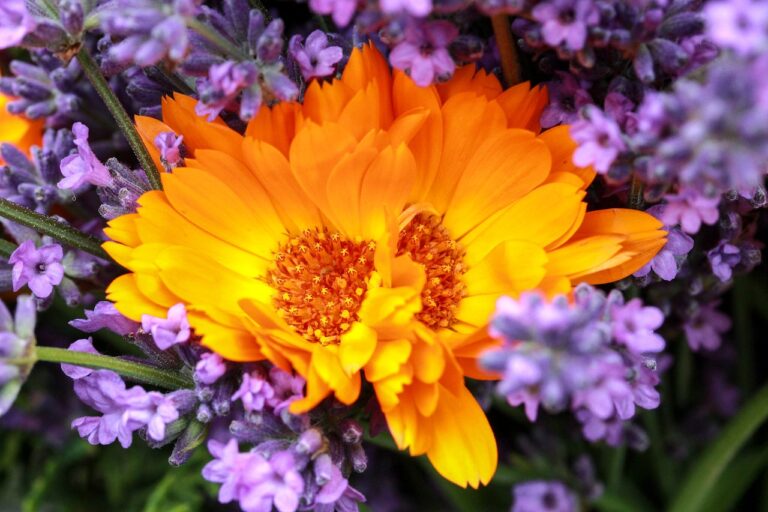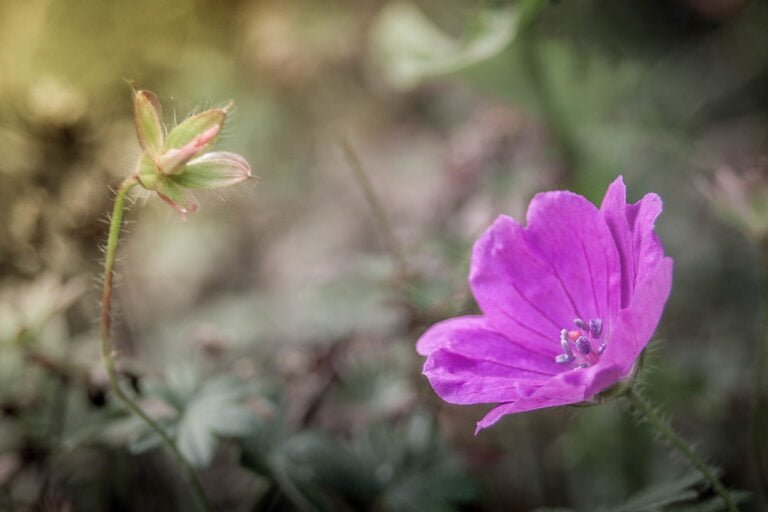Essential Tips for Maintaining a Healthy Flower Garden: Pruning, Deadheading, and Pest Management
Maintaining a healthy flower garden requires proper pruning, deadheading, and pest management. Trim angled cuts above buds, inspect for dead branches, and thin out unproductive stems. Deadheading benefits include improved appearance and continuous blooming. Use organic pesticides, check for pests regularly, and introduce beneficial insects. Regular plant inspections prevent issues, promote a thriving environment, and prolong plant life. Know plant-specific deadheading needs, redirect energy for new growth, and maintain overall health. Integrated pest management minimizes risks and promotes a healthy ecosystem. Specific pruning methods and tree trimming prevent infestations. Early prevention measures are key. For more expert tips, investigate further resources.
Proper Pruning Techniques for Healthy Plants
How can we guarantee our plants flourish through proper pruning techniques? Pruning is a fundamental aspect of maintaining a healthy garden. By employing correct cutting methods, such as making angled cuts above viable buds to stimulate new growth, we can make sure our plants thrive. It’s important to avoid leaving behind dead stubs, as these can invite diseases into the plant. Regularly inspecting for dead, broken, or rubbing branches is essential for disease prevention through pruning. Thinning out unproductive stems not only promotes new growth but also allows more light to reach the plant’s center, fostering healthy development.
When we prune our plants effectively, we set the stage for a flourishing garden. Proper pruning not only helps in maintaining plant health but also improves their productivity. By encouraging abundant flowers and fruits, pruning plays a significant role in the overall well-being of our garden. Additionally, by using correct pruning techniques, we can prevent the formation of dead stubs and reduce the risk of diseases entering the plants. This meticulous approach to pruning ensures that our plants receive the care they need to thrive and contribute to a vibrant garden landscape.
Benefits of Deadheading in Gardens
Deadheading your garden plants offers a variety of benefits. It improves the appearance of your flowers, encourages continuous blooming, and prevents the formation of unwanted seeds. By regularly deadheading, you redirect the plant’s energy towards producing more blooms, ensuring a longer-lasting and healthier garden display.
Enhances Flower Appearance
Improving the appearance of flowers in your garden can be achieved through the practice of deadheading, a simple yet effective technique that involves removing fading blooms. By deadheading, you prevent the plant from investing energy into seed development, allowing it to redirect that energy into new growth and further flower production. This process promotes continuous blooming, extending the flowering period of your plants. Regular deadheading not only supports the overall health of your plants but also boosts the visual appeal of your garden by maintaining a tidy and vibrant look. The simple act of removing spent flowers can greatly enhance the aesthetic quality of your garden, making it more visually pleasing and inviting.
Promotes Continuous Blooming
To maintain a garden’s continuous blooming cycle, regular deadheading plays a pivotal role in ensuring the longevity and vibrancy of your plants. Deadheading, the practice of removing old and fading flowers from flowering plants, helps promote continuous blooming by preventing seed formation. By eliminating spent blooms, the plant redirects its energy from seed production towards producing new flower buds. This process encourages the plant to focus on flowering rather than seed development, leading to a prolonged blooming period. Continuous deadheading aids in stimulating new growth and flower production, resulting in a garden filled with fresh, vibrant blooms. By incorporating this simple practice into your gardening routine, you can enjoy a garden that is always bursting with color and life.
Prevents Seed Formation
Preventing seed formation in your garden through deadheading is important for encouraging continuous blooming and maximizing plant health. By removing spent flowers before they form seeds, plants redirect their energy towards producing new flower buds instead of seed development. This process not only extends the flowering period but also guarantees that plants remain healthy and vibrant. Deadheading also helps control self-seeding, preventing overcrowding and competition for nutrients among plants. Regular deadheading promotes plant vitality by avoiding wastage of resources on seed production, allowing for more robust growth. It is crucial to make clean pruning cuts while deadheading to maintain the overall health and visual appeal of your garden.
Pest Management Strategies for Flower Gardens
Implementing effective pest management strategies is essential for maintaining the health and vitality of flower gardens. As a gardener, it is important to employ various techniques to keep pests at bay and guarantee your flowers thrive. Here are some practical pest management strategies to help you maintain a healthy garden:
- Utilize Organic Pesticides: Using natural solutions like neem oil and insecticidal soap can effectively control pests in your flower garden without harming beneficial insects. These organic pesticides are safe for plants and the environment, making them a great choice for pest control.
- Regular Plant Inspection: Regularly inspecting your plants for signs of pests is critical for early detection and management. By catching pest infestations early, you can prevent them from causing significant damage to your flowers.
- Introduce Beneficial Insects: Natural predators like ladybugs can be introduced to your garden to help control pest populations organically. These beneficial insects feed on pests, reducing the need for chemical interventions.
- Remove Infected Plant Parts: Removing and destroying any infected plant parts can help prevent the spread of diseases carried by pests. By getting rid of affected areas promptly, you can protect the overall health of your flower garden.
Importance of Regular Plant Inspection
Regular plant inspection is essential for maintaining the health and vitality of your flower garden. By conducting regular check-ups, you can identify early signs of pests, diseases, and nutrient deficiencies before they escalate. This proactive approach allows you to take immediate action to address any issues, preventing them from spreading and impacting the entire garden. Monitoring your plants closely enables you to detect problems early on, facilitating timely intervention through actions like deadheading and pruning, which are necessary for promoting excellent growth and health.
During plant inspections, pay close attention to the leaves, stems, and blooms of your flowers. Look for any abnormal discoloration, spots, holes, or wilting, as these could indicate underlying problems that need to be addressed. By consistently examining your plants, you create a thriving environment for your flower garden, ensuring that any issues are dealt with promptly to maintain the overall health of your garden and prolong the life of your plants.
Regular plant inspection is not only about addressing current issues but also about preventing future problems. By staying vigilant and taking timely actions based on your observations, you can effectively manage the health of your flower garden and enjoy beautiful, vibrant blooms throughout the season.
Tips for Effective Deadheading
To effectively improve the blooming potential of your flower garden, mastering the art of deadheading is an essential skill for every gardener. Deadheading involves the removal of fading or dead blooms from plants, which encourages new growth and flowering. Here are some tips for effective deadheading:
- Know Your Plants: Different plants tend to benefit from deadheading in various ways. Understanding the specific needs of each plant will help you determine the most effective deadheading techniques.
- Cutting Back: When deadheading, it is vital to cut back to a set of healthy leaves or buds. This encourages the plant to put its energy into producing new blooms rather than seed development.
- Promoting New Growth: Deadheading redirects the plant’s energy from seed production to promoting new growth and flowering. This process helps in maintaining the overall health and appearance of the plant.
- Specific Pruning: Some plants require specific pruning methods to benefit from deadheading fully. Learning the specific pruning techniques for each plant will ensure the best results in promoting continuous blooming.
Integrated Pest Management in Gardening
Integrated Pest Management in gardening involves a vital approach that combines various tactics to effectively manage pests while minimizing risks to both people and the environment. One essential aspect of IPM is promoting a healthy garden ecosystem that can naturally resist pests. Proper maintenance practices such as Tree and Shrub Pruning play a critical role in preventing pest infestations. Trimming back overgrown branches not only improves the aesthetic appeal of the garden but also eliminates potential hiding spots for pests.
When dealing with pests in perennial plants like bearded iris, utilizing IPM strategies can be highly effective. Regularly inspecting plants for signs of pest damage and promptly addressing any issues can prevent infestations from spreading. Additionally, promoting air circulation around plants by strategically pruning can help deter common garden pests.
In Early Spring, before the growing season kicks into full gear, it is a good time to assess potential pest threats and implement preventative measures. Using quality pruning shears to trim back dead or diseased plant material can remove hiding spots for pests and diseases, contributing to a healthier garden overall. By integrating IPM techniques into gardening practices, gardeners can effectively manage pests while minimizing the need for harsh chemical treatments.






